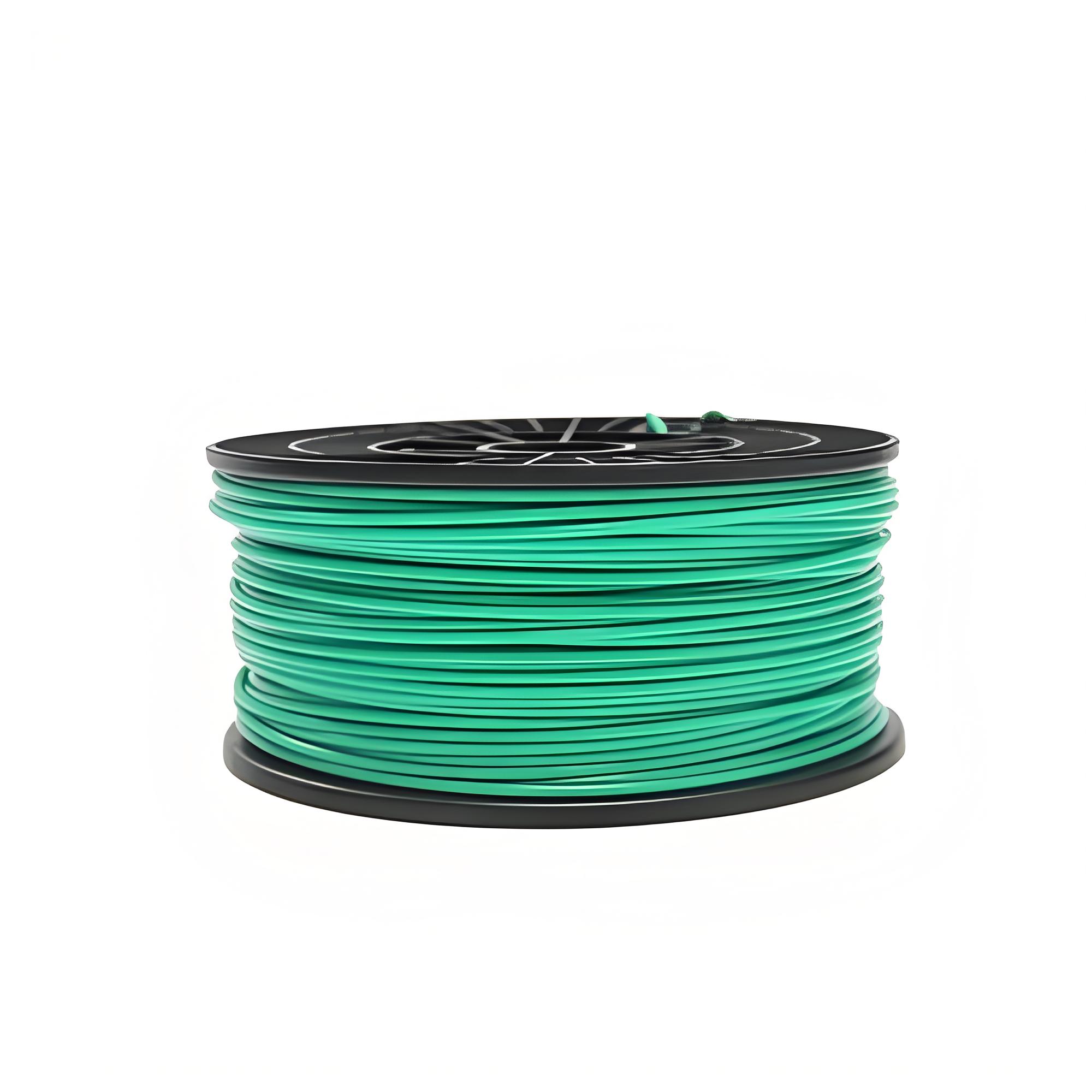ABS (Acrylonitrile Butadiene Styrene) filament is a popular thermoplastic material widely used in 3D printing, valued for its strength, durability, and versatility. Composed of three monomers—acrylonitrile (for chemical resistance), butadiene (for impact strength), and styrene (for rigidity and processability)—it balances performance and usability, making it a staple in both industrial and hobbyist settings.
One of ABS’s key advantages is its **mechanical robustness**. It exhibits high tensile strength and flexibility, allowing printed parts to withstand moderate stress, impacts, and temperature variations (typically up to 90°C). This makes it ideal for functional prototypes, mechanical components, and end-use parts like enclosures, tools, or toys. Unlike PLA, ABS is less brittle, reducing the risk of cracking under pressure.
However, ABS printing requires more precision than PLA. It has a higher melting point (around 210–250°C) and is prone to warping due to rapid cooling. To mitigate this, 3D printers often use heated build plates (60–100°C) and enclosed chambers to maintain stable temperatures, ensuring proper layer adhesion and minimizing shrinkage. Proper bed adhesion is critical; users often apply adhesives like hairspray, glue sticks, or PEI sheets to prevent warping.
ABS filament comes in a wide range of colors and finishes, from matte to glossy, and can be post-processed effectively. It accepts painting, sanding, and vapor smoothing— a technique using acetone to create a smooth, polished surface by slightly melting the outer layer. This versatility expands its applications in cosplay, custom parts, and manufacturing.
Despite its benefits, ABS has considerations. It emits fumes during printing, so adequate ventilation is essential. It is also more hygroscopic than PLA, absorbing moisture from the air, which can cause popping or stringing during printing. Storing ABS in airtight containers with desiccants helps maintain print quality.
In summary, ABS filament stands out for its strength, durability, and post-processing options, making it a top choice for functional 3D printing projects. While it demands careful handling and temperature control, its performance benefits make it indispensable for creating long-lasting, practical parts across various industries.



